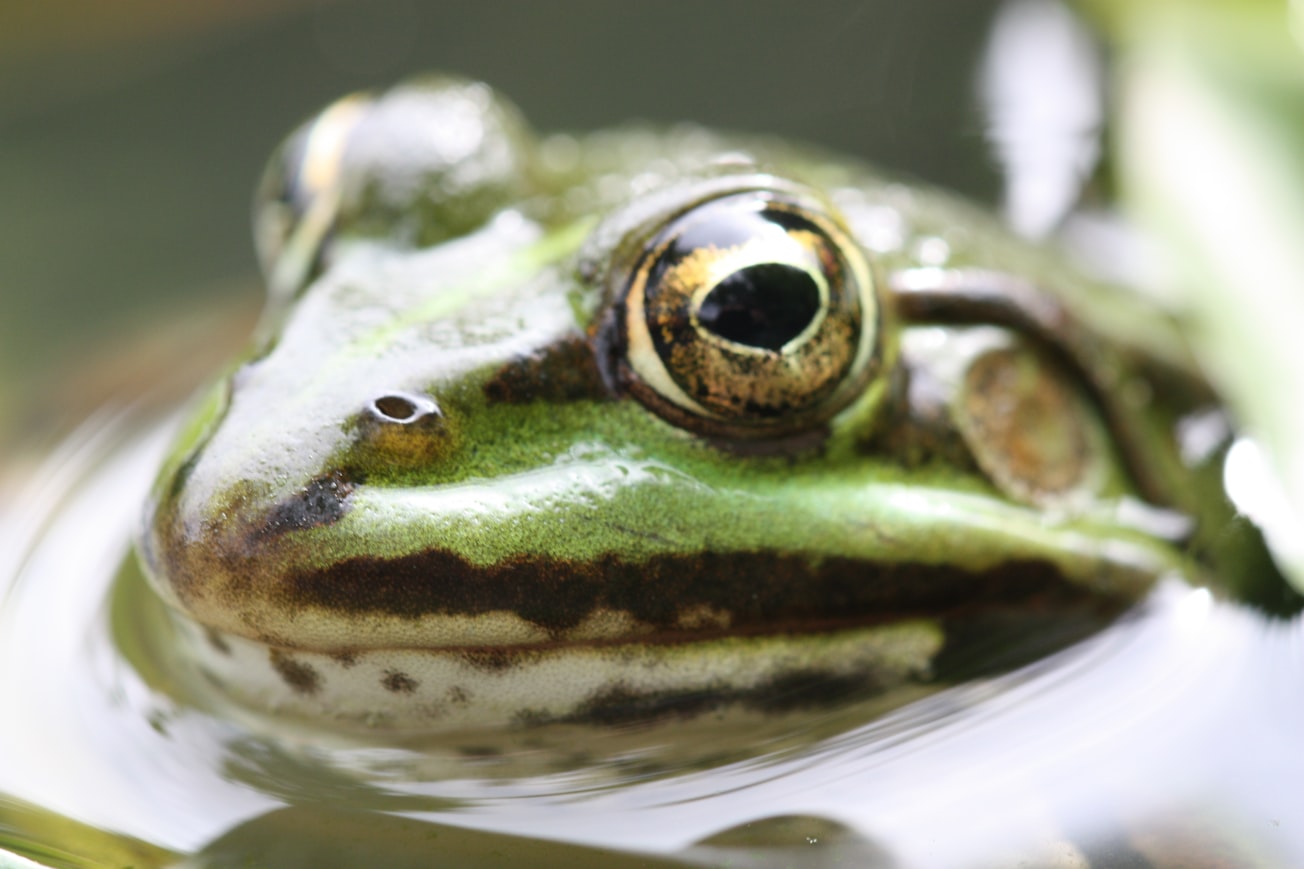What is it about?
Foams are nothing more than a set of gaseous bubbles trapped in a liquid capsule. But not only of air and water live the foams. Some material is needed to bind these bubbles, first you need a chemical compound such as soap, detergents, lipids or fats and then some shaking to provide the initial energy to break the force that attract the water molecules to each other, known as surface tension. Those chemical compounds are mostly synthetic as natural foams are relatively rare in nature, due to the harm that detergent-like molecules cause to living being tissues. However, some amphibian species can overcome this water surface tension obstacle by producing biofoams. These biological foams are used to wrap eggs and offspring during reproduction, called frog foam nests.
Featured Image

Photo by Peter Schad on Unsplash
Why is it important?
The few researchers that have studied the composition of frog foam nests have revealed that they are only possible due to the presence of a novel class of proteins with detergent-like properties. Since then, several biotechnological applications for these biofoams are estimated from cosmetic to biomedical industry, such as temporary wound or burn dressings and drug delivery systems.
Perspectives
We would like to understand how the foam nests remain stable for so long (more than one month in some cases) and even resist to environmental assaults? How are they produced? How is the architecture of these biomaterials? Which is their chemical composition?
Mrs Denise D.C. Hissa
Universidade Federal do Ceara
Read the Original
This page is a summary of: Frog Foam Nest Protein Diversity and Synthesis, Journal of Experimental Zoology Part A Ecological Genetics and Physiology, July 2016, Wiley,
DOI: 10.1002/jez.2027.
You can read the full text:
Contributors
The following have contributed to this page







